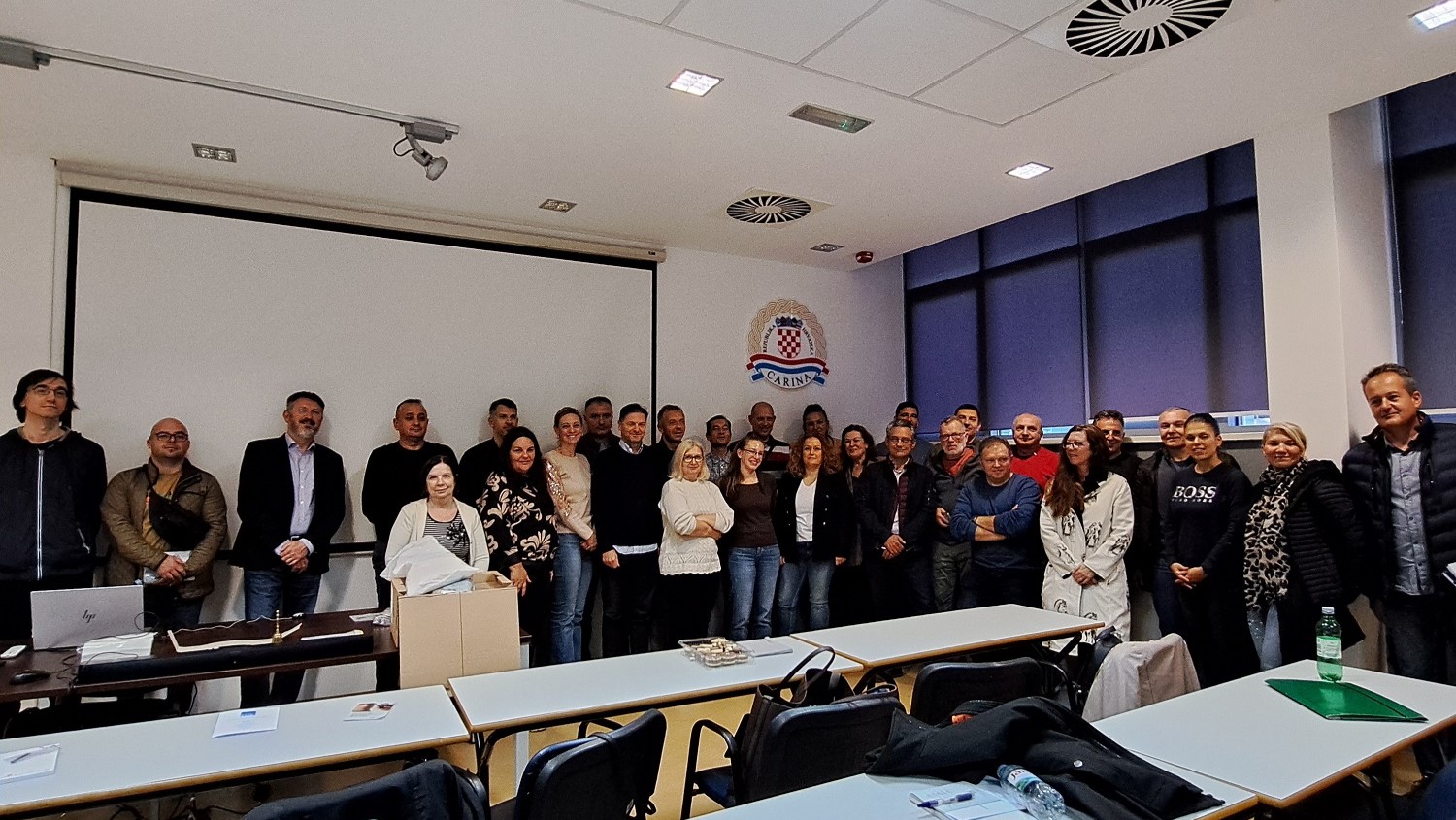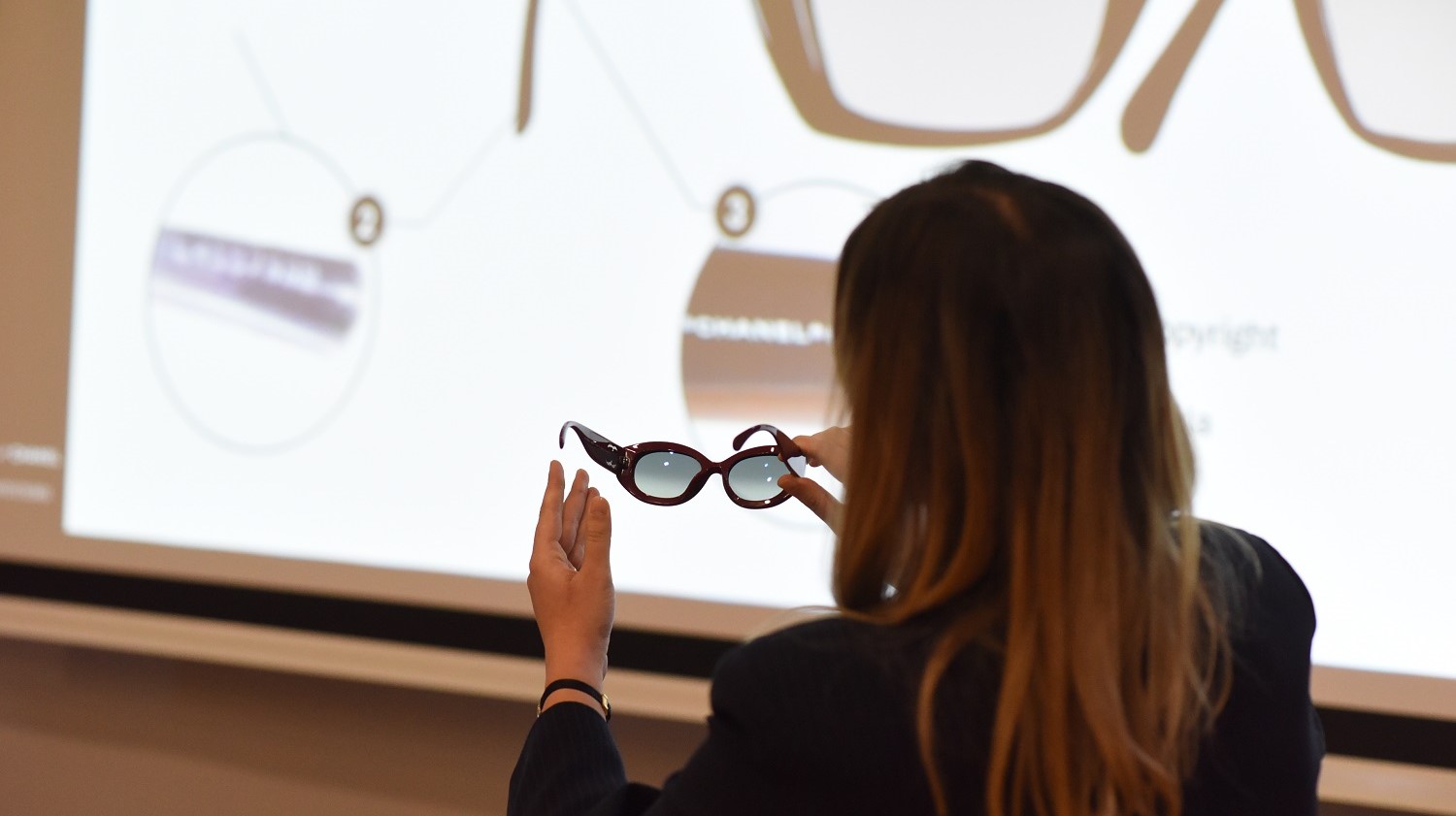Childhood memories of the world’s most famous fairy tales are filled with fantastic and magical characters of dragons, elves, witches, fairies, and others. Through generations, fairy tales were told and retold, until finally these classic works were written down. Stories like Little Red Riding Hood, Snow White, Sleeping Beauty, Hansel and Gretel are not subject to copyright protection, rather they exist in the public domain, and anyone may use them. And they did. Moving pictures empire has been built on adaptation of fairy tales’ stories, and, consequently, some cartoons and movies are more known than the original stories.
Once upon a time….
Once upon a time there was an idea of a young princess living with her evil Queen stepmother. Then there was an expression of that idea, and young princess with “skin as white as snow, lips as red as blood and hair as black as ebony” was named Snow White, and hiding from jealous stepmother she ate a poison apple and ended up in the deep sleep in a cottage that belonged to seven dwarfs who were protecting her from her evil stepmother, until Prince Charming came by and woke her with the kiss. The theory of idea-expression dichotomy means that the expression of an idea is protected rather than the idea itself. The history of moving pictures has often dealt with defining the boundaries between idea and expression in relation to audiovisual work, but, also, in relation to character protection independent of particular work.
In the United States courts have been dealing with character protection issues from early cinematographic history and imitation of Charlie Chaplin’s Little Tramp character[1], defining how to apply idea-expression dichotomy and separate generic plots and characters from individual authorship contributions. On the other hand, the protection regime for fictional characters of creative independent production of the European audiovisual industry, is less clear.
What are challenges to character protection in Europe?
If we want to explore different criteria that can be used in relation to copyright protection of famous characters in Europe, firstly we will have to consult the Berne Convention. An international copyright treaty created in 1886 establishes minimum standards for the protection of the copyright of authors. Berne Convention does not mention character protection, rather it defines protected work under article 2, paragraph 1, as follows:
The expression “literary and artistic works” shall include every production in the literary, scientific and artistic domain, whatever may be the mode or form of its expression, such as books, pamphlets and other writings; lectures, addresses, sermons and other works of the same nature; dramatic or dramatico-musical works; choreographic works and entertainments in dumb show; musical compositions with or without words; cinematographic works to which are assimilated works expressed by a process analogous to cinematography; works of drawing, painting, architecture, sculpture, engraving and lithography ; photographic works to which are assimilated works expressed by a process analogous to photography, works of applied art; illustrations, maps, plans, sketches and three-dimensional works relative to geography, topography, architecture or science.
Protection provided by the Berne Convention is intended to cover all productions in the literary, scientific, and artistic domain no matter the mode or form in which the work is expressed. The list set out in article 2, paragraph 1 of the Berne Convention is not limitative, but gives examples of the works eligible for protection. The Berne Convention nowhere defines if the production must possess creativity to enjoy protection. Nevertheless, the Guide to the Berne Convention explains that the general tone of the Berne Convention is that the work must be intellectual creation leaving doors open for copyright protection of the fictional characters.
The European Union copyright directives follow the footsteps of the Berne Convention not defining what is meant by the – work. As a consequence, the Court of Justice of the European Union (CJEU) clarified the concept of work in settled case-law[2] explaining that the work referred to in Article 2(a) of the Infosoc Directive[3] is an autonomous concept of European Union law which must be interpreted and applied uniformly. CJEU, further, explained in cases Infopaq International (C-5/08) and Levola Hengelo (C- 310/17) that for the concept of work two cumulative requirements must be fulfilled. Firstly, the work must be original in the sense of being the author’s own intellectual creation. Secondly, work will enjoy protection only if it is the expression of such creation.
In another words, work should be an expression of free and creative choices of the author[4], not dictated by technical considerations, rules, or other constraints[5], but identifiable with sufficient precision and objectivity.[6]
If we apply above cited case-law, conclusion can be made that fictional characters could be classified as work protected by copyright within the European Union provided that the character does not evoke the stock character and is sufficiently detailed and developed in line with mentioned CJEU criteria. It is, therefore, more likely that protection will be afforded to cartoon characters and characters from other audiovisual works than characters from literature.
Who did Prince Charming end up with?
Whatever our princess was named, Cinderella, Snow White, Sleeping Beauty or simply princess, after she got kissed by the prince, the ending of the story was the same – princess and prince got married and lived happily ever after. Because the story and characters are in the public domain and not protected by copyright, the same characters could be used in adaptation of the story with different endings of the famous couple, possibly even with the divorce.
Fictional characters very rarely stay in the original work, rather they crossover to other media and appear in sequels keeping the character’s unique features that objectively identifies them as the same character but adopting other elements of the character to the story. If we go back to the Berne Convention for the interpretation of ever-changing adaptations of fairy tales and classic characters, we will see that Article 2, paragraph 3 explains that:
Translations, adaptations, arrangements of music and other alterations of a literary or artistic work shall be protected as original works without prejudice to the copyright in the original work.
Adaptations are protected as original work, but the adapter’s copyright protection covers only individual contributions and does not change public domain status of the original work. Therefore, our princess and prince will stay in the public domain and new adaptations can be created using their characters. However, if separate protection could be afforded to different original elements which compose the character, it would not be an easy job to determine what part of the character is free to use and draw the line where public domain elements end, and original contributions of the adapter begin. The line is even more blurred because copyright provides temporary protection for the lifetime of the authors and seventy years after their death, and each original contribution of the character in different adaptations enjoys separate expiration dates.
Another story for another time
Today, because they are in the public domain, fairy tales and classic characters are changing more than ever to conform to the modern public. If we take for example Little Red Riding Hood, in Charles Perrault version of the story Little Red Riding Hood ends up being eaten by the wolf, and in Brothers Grimm version the same character was saved by a huntsman. However, in modern versions she is capable of rescuing herself. There is even a version in which Little Red Riding Hood falls in love with the wolf. This shift in variations of Little Red Riding Hood’s character from helpless little girl to empowered and heroic character reflects change of values in modern society. Hopefully, fairy tales will stay for a long time and change with us. Maybe not all classic characters will have fairytale ending in new adaptations, and maybe adaptations will continue to divide public opinion and stir emotions, but if fairy tales continue to change, they will survive judgement of time. Fairy tales’ characters, in ever changing stories, will have new adventures and inspire generations ever after.
[1] See case Chaplin v. Amador, 93 Cal. App. 358, 360 (1928)
[2] See SENA, C-245/00 and SGAE, C-306/05
[3] Directive 2001/29/EC of the European Parliament and of the Council of 22 May 2001 on the harmonisation of certain aspects of copyright and related rights in the information society
[4] See Painer, C‑145/10 and Renckhoff, C‑161/17
[5] See Football Dataco and Others, C‑604/10
[6] See Levola Hengelo, C‑310/17
This text is for informational purposes only and should not be considered as legal advice. Should you require any additional information, feel free to contact us.







